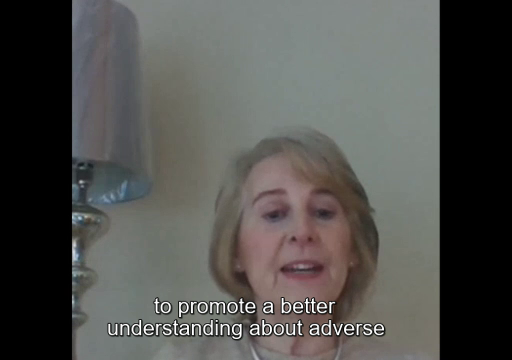3.3 Limitations of the ACEs model
It is important to note that while the concept of ACEs has proven itself to be very useful in terms of understanding subsequent behaviours, it should not be used as a way of assuming or predicting future challenges or anti-social behaviours.
As Bateson and colleagues (2020) emphasise:
Assessing risk of maltreating a child or committing a criminal offence is a complex issue thwarted with methodological challenges … Whilst the ACEs concept offers appealing simplicity, its predictive validity for child maltreatment, criminality or being taken into care has not been proven. For example, although four or more ACEs is associated with a 15 times greater likelihood of having committed violence against another person in the past 12 months … this cannot be used to predict future behaviour of an individual. In the same vein, statistical analysis of traffic trends can tell us the most likely time of day that an accident might occur on a given road but cannot tell us exactly which cars will be involved.
Individuals with a high ACE score, as a group, are more likely to be amongst society’s most high need populations so it would be easy to assume that an individual’s high ACE score also means they have high current need. However, an ACE score is retrospective and does not necessarily reflect a person’s current situation, needs or risks. For this reason, ACE scores are not a replacement for careful assessment of current needs, nor are they suitable to indicate whether someone meets the threshold for a particular service.
Activity 4 Applying the ACEs model
In this clip, Maria Morgan of SafeguardingNI discusses the key elements of the ACEs model and how it can be applied when dealing with children and young people.

Transcript
pwc_3_a3_maria_morgan_new
Having reflected on the comments made by Maria Morgan of Safeguarding NI, what do you think are the key benefits of the ACEs model and what are some of the limitations?
Discussion
While the ACEs model provides a very strong framework for understanding the various adverse experiences that children and young people might encounter as they grow up, it is vitally important that the limitations of the model are clearly understood. No model or framework is ever perfect, but the ACEs model goes a long way toward helping those who engage with children and young people – be they police or others providing various services – to consider the impact and implications.
While the discussion so far has concentrated on the adverse experiences that children and young people might have, it should also be recognised that the process of growing up also entails a degree of risk taking and risky behaviour. Some key elements of this are discussed in the following section.
